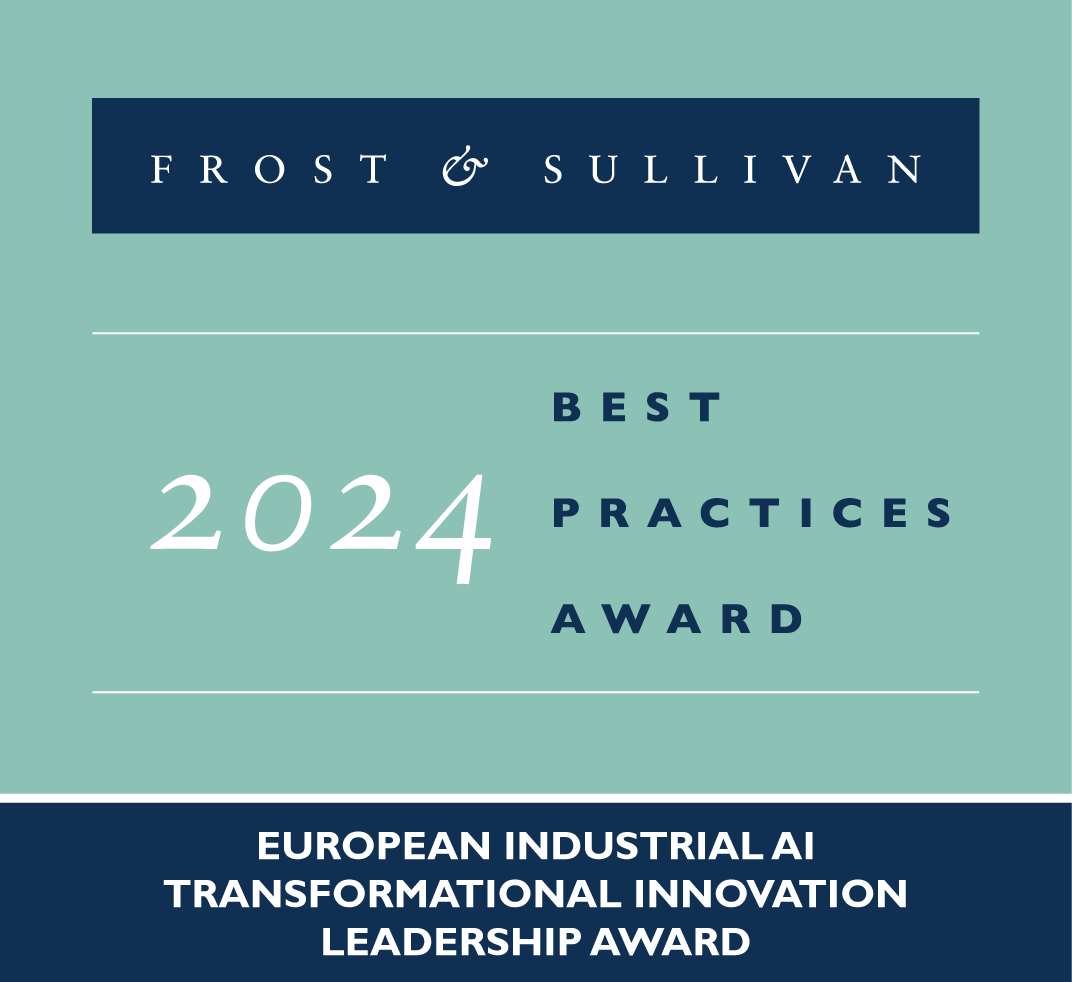The global electric vehicle (EV) market is a hotbed of innovation, where breakthroughs in battery technology, advancement in battery compounds, and new infrastructure reveal a host of opportunities.
The electric mobility landscape we anticipate in 2050—despite being three decades away—will need players to take long-term strategic decisions today. Here are the 10 critical imperatives shaping the future of the EV market:
- Breakthrough in solid-state battery technology achieving commercial viability
- Impact of rare earth material shortages on EV battery production
- Integration of sustainability practices into all levels of corporate operations
- Global standardization of EV charging interfaces and protocols
- Rise of new EV manufacturers in Asia challenging traditional automakers
- Development of autonomous EV fleets for public transportation
- Energy companies entering the EV charging market to offer integrated services
- Automakers start direct sales with real-time custom vehicle assembly
- Tech and automotive sectors developing AI-driven predictive maintenance for EVs
- Overcoming corporate resistance to phasing out combustion engines
Want deeper insights?
Grow rapidly in China’s connected vehicle ecosystem. Download our comprehensive analysis, ‘Top 10 Strategic Imperatives in Growth Opportunities in Chinese Passenger Vehicle Connected Services, Asia’ today.
You can also directly engage with our experts in a Growth Pipeline Dialog™!
- Development of autonomous bike-taxis
Imagine a city where traffic jams are a phenomenon of the past; where efficient, eco-friendly transport seamlessly weaves through the urban fabric. This vision is rapidly becoming a reality with the advent of autonomous bike-taxis.
How Autonomous Bike-Taxis Are Harnessing Connectivity to Transform China’s Urban Transport: The advent of 5G and rise of AI have enabled real-time data exchange between vehicles and fleet operators, optimizing routes and minimizing waiting times. The economic implications are substantial, with operational costs forecasted to reduce 40-50% due to reduced labor and optimal routing. By 2030, shared mobility could account for 25% of urban transport, influencing private vehicle ownership trends and assuring success to ecosystem participants.
Growth Opportunities
- Refined AI Navigation: Adopting and optimizing AI algorithms to efficiently handle complex urban environments, ensuring safety and efficiency.
- Connected Electric Solutions: Developing reliable and scalable electric bike-taxi solutions that harness connectivity to present intuitive data.
Leading Companies to Action
- Gogoro: Leads the charge in sustainable urban mobility through the expansion of electric bike-taxi services.
- Nuro: Focuses on strategic partnerships to integrate autonomous driving technology for licensing to automakers and transportation providers.
- Didi Chuxing: Leverages its ride-hailing expertise to drive innovation in autonomous vehicle technology.
- Incorporation of solar-powered charging stations for bike-taxis
The integration of solar-powered charging stations is pivotal for establishing a sustainable and cost-effective ecosystem for bike-taxi operations.
The Convergence of Connectivity and Sustainability: The global smart transportation market, projected to reach $220 billion within 2025, underscores the growing demand for intelligent, eco-conscious mobility. Similarly, urban population growth necessitates the development of smart mobility solutions that leverage intuitive connectivity features. The global electric vehicle industry — expected to surpass $800 billion by 2027 — is ground-zero for fulfilling these transformational goals.
Growth Opportunities
- Infrastructure Expansion: Developing a robust network of reliable and accessible solar-powered charging stations.
- Smart Technology Integration: Implementing Internet of Things (IoT) solutions to optimize energy usage and provide real-time data management.
Leading Companies to Action
- Gojek: Explores solar charging solutions to enhance the sustainability of its bike-taxi fleet and reduce operational costs.
- Grab: Invests in solar charging infrastructure to align with environmental goals and enhance service reliability.
- Incorporation of solar-powered charging stations for bike-taxis
Navigating the evolving regulatory landscape helps mitigate the impact caused from drastic shifts in policy—which is especially common in the connectivity domain—and sustain operational efficiency in the China’s urban mobility sector.
The Impact of Policy Changes on Urban Mobility: Economic sanctions and trade barriers have disrupted supply chains, necessitating strategic pivots. Similarly, shifts in consumer behavior, driven by economic uncertainty, require businesses to adapt their offerings. This is encouraging players to diversify into a variety of connected features like features-on-demand, to mitigate cybersecurity risks, innovative effectively, and navigate a complex environment that businesses must operate within.
Growth Opportunities
- Policy Compliance and Innovation: Developing services that seamlessly integrate with evolving urban policies; technologies like 5G, IoT, and AI; and regulatory frameworks.
- Sustainable Fleet Management: Implementing advanced fleet management systems to optimize routes and reduce emissions, aligning with urban sustainability initiatives.
Industry Leaders
- Gojek: Demonstrating agility in adapting to new urban policies through strategic investments in electric vehicles and optimized routing.
- Grab: Utilizing data analytics to ensure compliance and optimize operations in dynamic regulatory environments.
Key Takeaways & Next Steps for Industry Leaders
To thrive in China’s evolving connected vehicle ecosystem, organizations must:
- Invest in autonomous vehicle technology and AI-driven solutions to enhance efficiency and safety.
- Prioritize sustainable infrastructure through the adoption of solar-powered charging stations.
- Develop agile strategies to adapt to evolving urban policies and regulatory landscapes.
Click here to download “Top 10 Strategic Imperatives in Growth Opportunities in Chinese Passenger Vehicle Connected Services, Asia” and gain critical insights into the future of urban mobility in the region. Stay informed with expert analyses on connected cars, autonomous vehicles, sustainable automotive infrastructure, and policy adaptation.
You can also directly engage with our experts in an exclusive Growth Pipeline Dialog™




